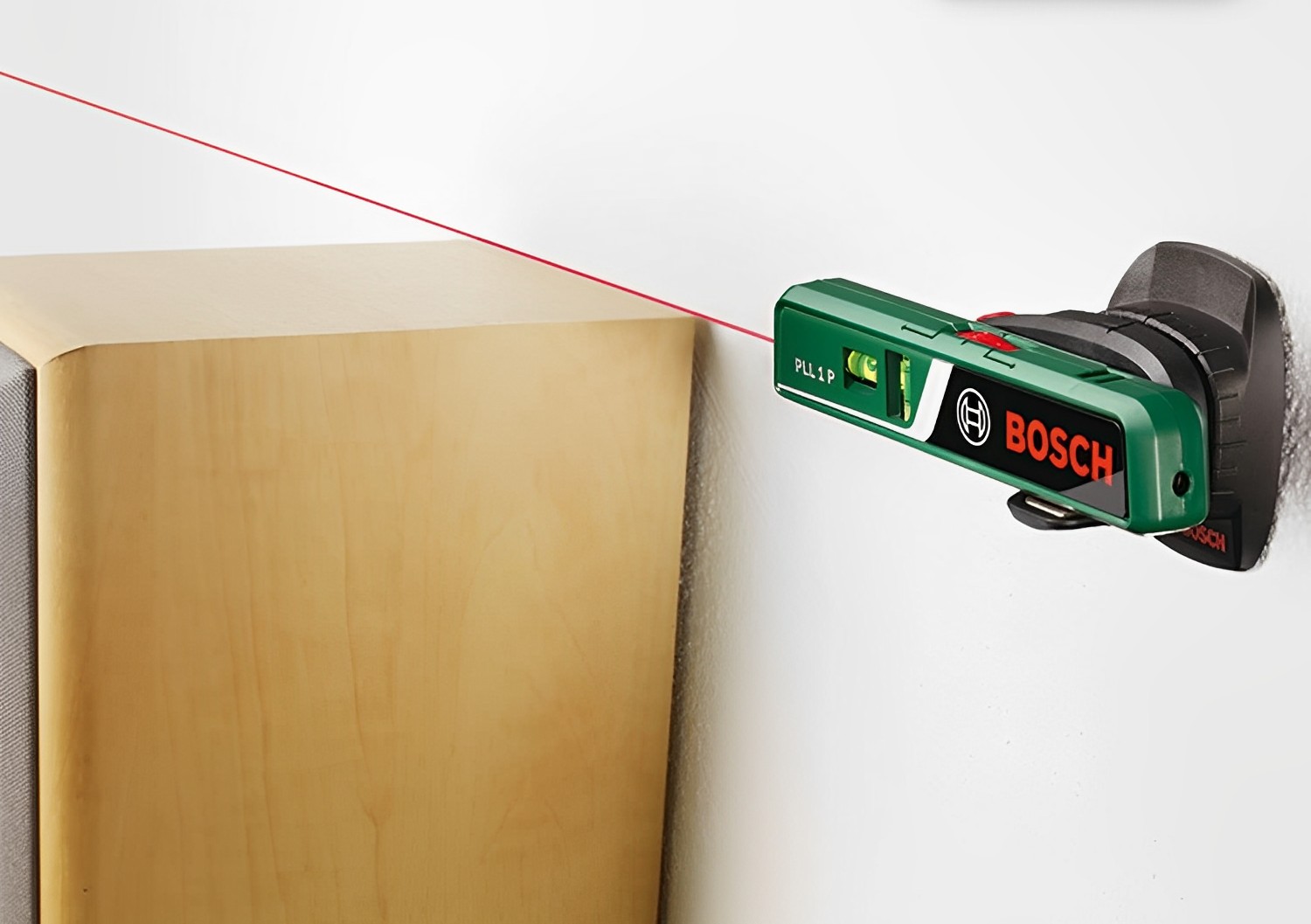

Articles
How Do You Attach A Laser Level To Wall
Modified: February 23, 2024
Learn how to attach a laser level to a wall with our step-by-step guide. Read our informative articles for expert tips and techniques.
(Many of the links in this article redirect to a specific reviewed product. Your purchase of these products through affiliate links helps to generate commission for Storables.com, at no extra cost. Learn more)
Introduction
Attaching a laser level to a wall is a crucial step in achieving precise and accurate measurements for various construction and renovation projects. Whether you’re hanging pictures, installing shelves, or building partitions, a laser level can provide a level reference line that ensures straight and aligned results.
In this article, we will guide you through the process of attaching a laser level to a wall step by step. We will cover the materials you need, the preparation of the wall, the different mounting methods, and the proper installation and adjustment of the laser level.
By following these instructions and tips, you’ll be able to effectively attach your laser level to the wall and obtain accurate measurements for your projects.
Key Takeaways:
- Properly preparing the wall and choosing the right mounting method are crucial for securely attaching a laser level, ensuring accurate measurements for construction and renovation projects.
- Testing, adjusting, and securing the laser level in place are essential steps to maintain its stability, accuracy, and reliability throughout your project, leading to professional and precise results.
Read more: How To Attach A Laser Level To The Bosch 150
Required Materials
Before you begin attaching a laser level to a wall, gather the necessary materials to ensure a smooth and successful installation. Here are the essential items you’ll need:
- A laser level – Choose a laser level that suits your specific needs and project requirements. Consider factors such as visibility range, accuracy, and additional features like self-leveling capabilities.
- A wall-mount bracket – Look for a wall-mount bracket specifically designed for your laser level model. This bracket will securely hold the laser level in place.
- Wall anchors and screws – Depending on the type of wall you’re working with (drywall, concrete, etc.), you’ll need appropriate anchors and screws to secure the wall-mount bracket.
- A tape measure – Use a tape measure to take precise measurements and ensure the laser level is positioned correctly.
- A pencil – A pencil will be handy for marking reference points on the wall, indicating where the laser level will be installed.
- A drill – If your wall requires anchors, you’ll need a drill to create holes for their installation.
- A screwdriver – You’ll need a screwdriver to tighten the screws on the wall-mount bracket and secure the laser level in place.
- A spirit level – Use a spirit level to double-check the accuracy of your laser level and ensure it is aligned perfectly.
Having these materials prepared beforehand will streamline the installation process and prevent any delays or interruptions.
Step 1: Preparing the Wall
The first step in attaching a laser level to a wall is to ensure that the wall is properly prepared. Follow these steps to prepare the wall for the installation:
- Clean the wall surface – Before attaching any brackets or anchors, clean the wall surface to remove any dirt, dust, or debris. A clean surface will ensure a secure and stable installation.
- Locate the reference point – Determine where you want the laser level’s reference line to be projected on the wall. Use a tape measure and pencil to mark the reference point accurately.
- Check for obstructions – Clear the area around the reference point of any obstructions that may interfere with the laser level’s projection. This will ensure accurate measurements and prevent any potential accidents.
- Measure and mark the bracket placement – Use a tape measure and pencil to measure and mark the exact position where the wall-mount bracket will be installed. Take into account the size and shape of the laser level, ensuring that the bracket will be positioned appropriately.
By properly preparing the wall, you create a suitable foundation for attaching the laser level securely and obtaining accurate measurements.
Step 2: Choosing the Mounting Method
Once the wall is prepared, it’s time to choose the best mounting method for attaching the laser level. The mounting method will depend on the type of laser level you have and the specific requirements of your project. Here are a few common mounting methods:
- Wall-mount bracket – The most common method is to use a wall-mount bracket specifically designed for your laser level. This bracket is typically screwed into the wall, providing a stable base for the laser level. Make sure to choose a bracket that is compatible with your laser level model.
- Magnetic mount – If your laser level has a magnetic base, you can simply attach it directly to a magnetic surface, such as a metal stud or a metal framing. This method is quick and convenient for temporary installations.
- Pole mount – Some laser levels come with a pole mount option, allowing you to attach the laser level to a tripod or a pole. This method is useful when you need to project a reference line at an elevated height or when working in large spaces.
Consider the specific requirements of your project and the features of your laser level when selecting the mounting method. Ensure that the chosen method provides stability, accuracy, and easy adjustability for your needs.
Step 3: Attaching the Laser Level Bracket
Once you have chosen the mounting method, the next step is to attach the laser level bracket to the wall. Follow these steps to properly attach the bracket:
- Position the bracket – Place the laser level bracket on the marked position on the wall. Ensure that it is aligned with the reference point and is positioned at the desired height and angle.
- Mark the screw holes – Using a pencil, mark the positions where the screws will go through the bracket and into the wall.
- Pre-drill the holes – If necessary, use a drill with the appropriate size bit to pre-drill holes at the marked positions. This will make it easier to screw in the anchors or directly attach the bracket to the wall.
- Attach the bracket – Depending on the mounting method, either insert the anchors into the pre-drilled holes and screw the bracket in place, or directly screw the bracket into the wall using appropriate screws.
- Secure the bracket – Make sure the bracket is securely attached to the wall and does not wobble or shift when pressure is applied. Tighten the screws or anchors as needed.
By properly attaching the laser level bracket, you create a stable and reliable base for mounting the laser level and ensuring accurate measurements.
When attaching a laser level to a wall, use a mounting bracket or a strong adhesive to secure it in place. Make sure the level is stable and positioned correctly before turning it on.
Step 4: Mounting the Laser Level
With the bracket securely attached to the wall, it’s time to mount the laser level. Follow these steps to mount the laser level onto the bracket:
- Ensure power and calibration – Before mounting the laser level, make sure it is powered on and properly calibrated. Refer to the manufacturer’s instructions for powering and calibrating your specific laser level model.
- Align the laser level – Align the laser level with the bracket by positioning it in a way that aligns the laser beam with the reference point on the wall. Adjust the laser level as needed to ensure the beam is projected accurately.
- Insert the laser level into the bracket – Carefully insert the laser level into the bracket, ensuring it slots in securely and aligns with any mounting mechanisms present on the bracket.
- Secure the laser level – Once the laser level is in place, tighten any screw or locking mechanisms on the bracket to secure the laser level in position. Ensure that it is firmly held and does not move or shift when pressure is applied.
By correctly mounting the laser level onto the bracket, you enable it to project a precise and accurate reference line for your measurements and construction projects.
Step 5: Testing and Adjusting the Laser Level
Once the laser level is mounted, it’s important to test and adjust it to ensure accurate measurements. Follow these steps to test and adjust the laser level:
- Turn on the laser level – Power on the laser level and activate the laser beam. Ensure that the beam is visible and projected accurately on the wall.
- Check the levelness – Use a spirit level to check if the laser level is perfectly level. Place the spirit level on a surface parallel to the laser beam and adjust the laser level if needed until it is perfectly level.
- Check the plumbness – If your laser level has plumb lines, use a spirit level to check the plumbness of the laser level. Place the spirit level against the projected plumb lines and adjust the laser level until the plumb lines are perfectly vertical.
- Test the stability – Gently tap the laser level or apply light pressure to ensure it remains stable and does not move or shift. If the laser level moves, adjust the mounting or tighten any loose components to improve stability.
- Verify the accuracy – Use a measuring tape or ruler to measure the distance between the laser level’s reference line and the marked reference point on the wall. Ensure that the measurement matches your desired specifications.
By thoroughly testing and adjusting the laser level, you can ensure that it provides accurate measurements and a reliable reference line for your construction or renovation projects.
Step 6: Securing the Laser Level in Place
Securing the laser level in place is essential to maintain its accuracy and stability throughout your project. Follow these steps to properly secure the laser level:
- Double-check the alignment – Before securing the laser level, recheck the alignment of the reference line with the marked reference point. Make any necessary adjustments to ensure precise alignment.
- Tighten the bracket screws – If your laser level is attached with screws, ensure that the bracket screws are tightened securely. Use a screwdriver to tighten them, but be careful not to overtighten and damage the bracket or wall.
- Use locking mechanisms – If your laser level has locking mechanisms on the bracket, engage them to prevent any accidental movement. Verify that the locking mechanisms are functioning correctly and securely holding the laser level in place.
- Test stability – Gently apply pressure or tap on the laser level to check its stability. Ensure that it remains steady and does not shift or move. If necessary, make additional adjustments or tighten any components to enhance stability.
- Secure loose cables – If your laser level has cables or power cords, ensure that they are securely held in place and do not dangle or obstruct the laser level’s movement. Use cable ties or clips to secure loose cables for safety and convenience.
By taking the time to properly secure the laser level, you can avoid any potential accidents or disruptions during your project, and maintain consistent and accurate measurements.
Conclusion
Attaching a laser level to a wall is a crucial step in achieving precise and accurate measurements for your construction and renovation projects. By following the steps outlined in this article, you can confidently attach your laser level and ensure that it remains stable and accurate throughout your project.
Remember to start by preparing the wall and choosing the appropriate mounting method for your laser level. Take the time to properly attach the bracket to the wall and securely mount the laser level. Test and adjust the laser level to ensure it is level, plumb, and accurate. Finally, secure the laser level in place to prevent any accidental movement.
By properly attaching and securing the laser level, you can rely on its reference line for precise measurements, straight alignments, and efficient project completion. Whether you’re hanging pictures, installing shelves, or undertaking larger construction projects, a laser level will be an invaluable tool in achieving professional results.
Remember to always refer to the manufacturer’s instructions for your specific laser level model and follow all necessary safety precautions. With your laser level securely attached to the wall, you can confidently embark on your construction journey with accuracy and precision.
Frequently Asked Questions about How Do You Attach A Laser Level To Wall
Was this page helpful?
At Storables.com, we guarantee accurate and reliable information. Our content, validated by Expert Board Contributors, is crafted following stringent Editorial Policies. We're committed to providing you with well-researched, expert-backed insights for all your informational needs.
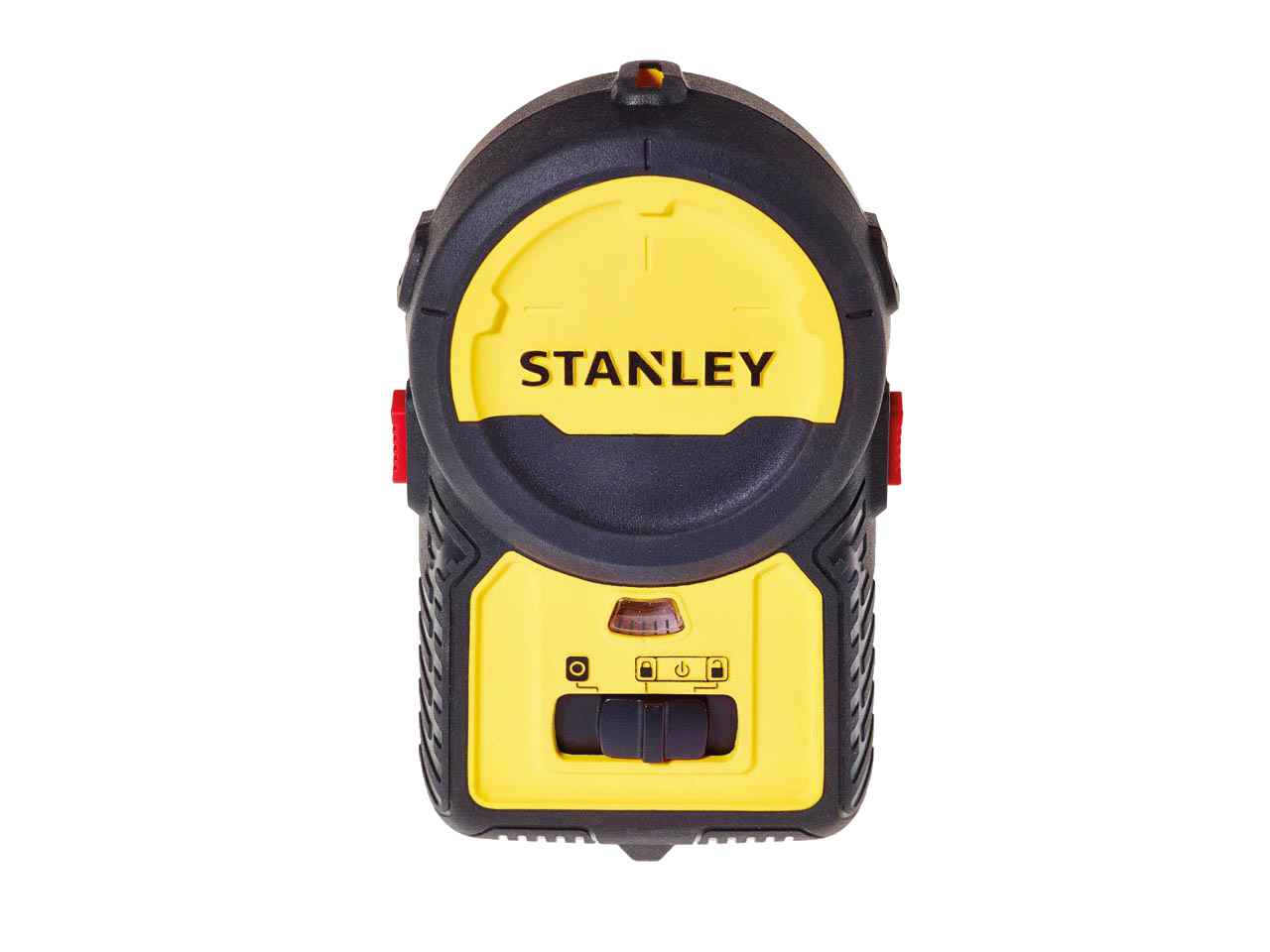
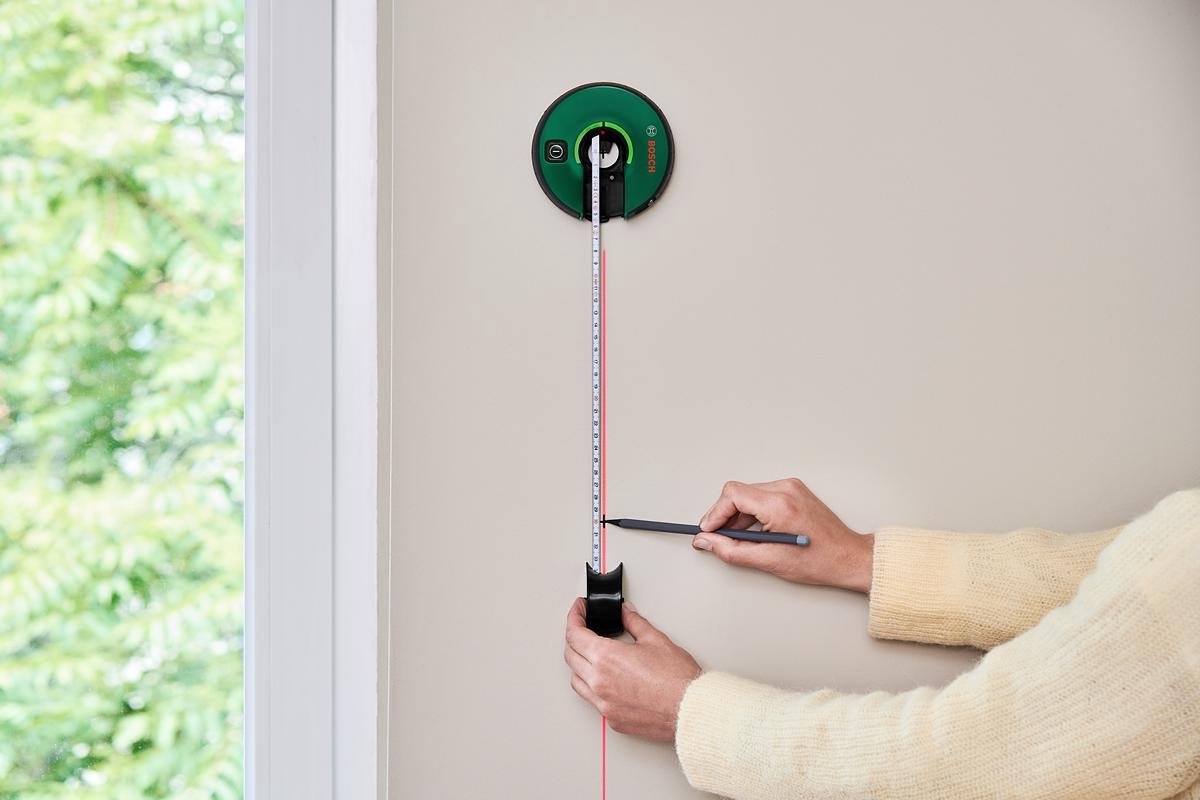
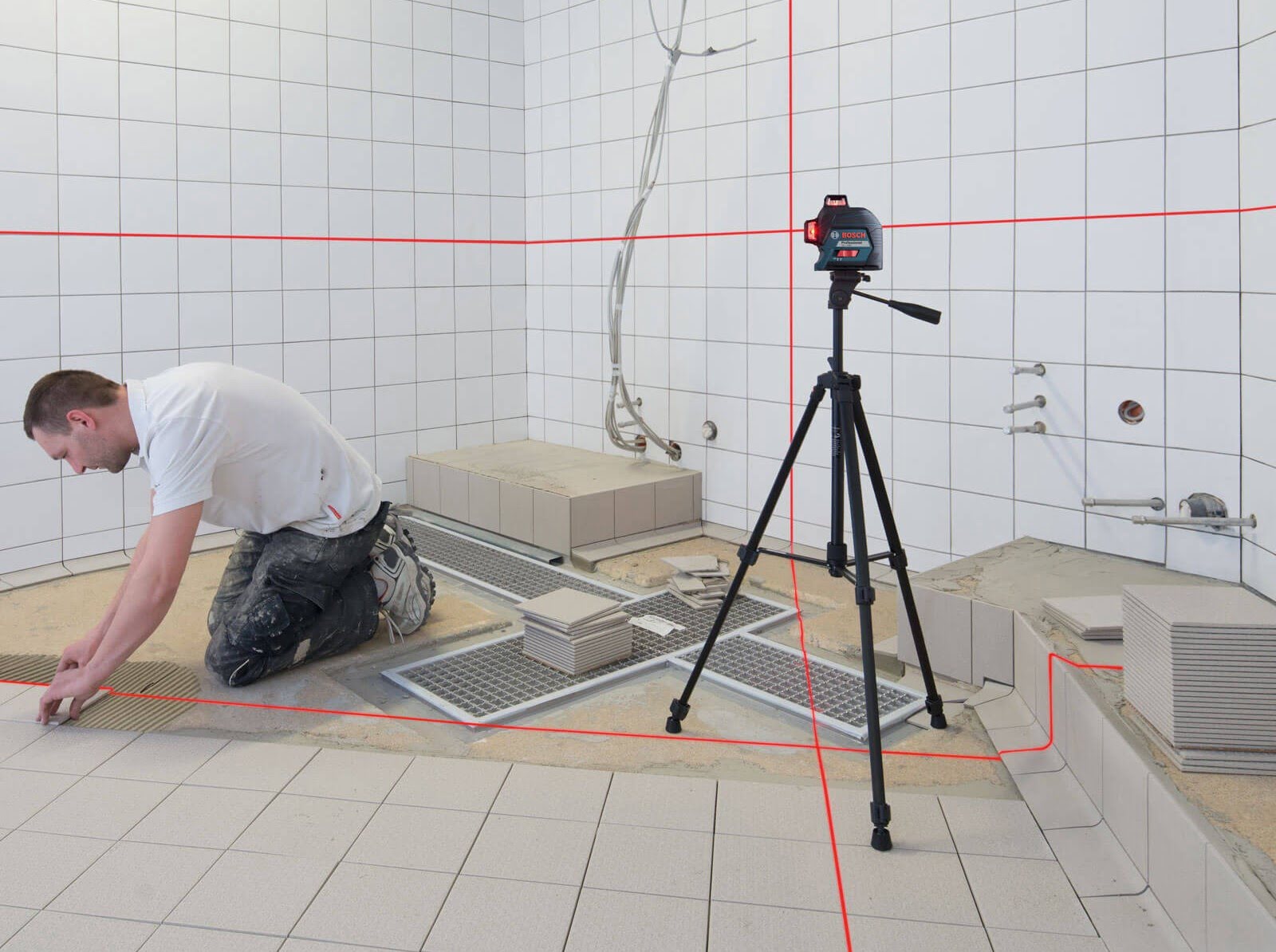
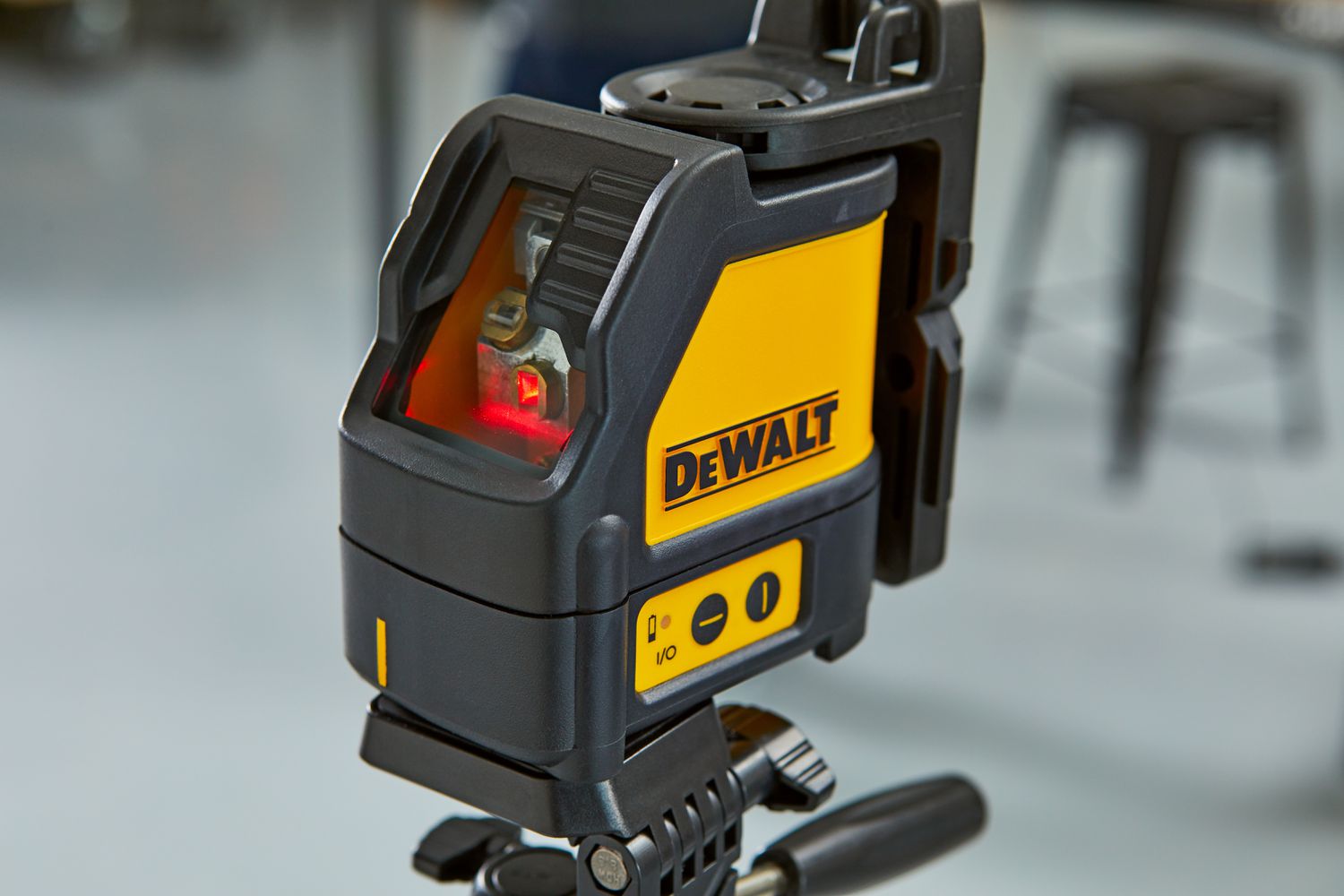
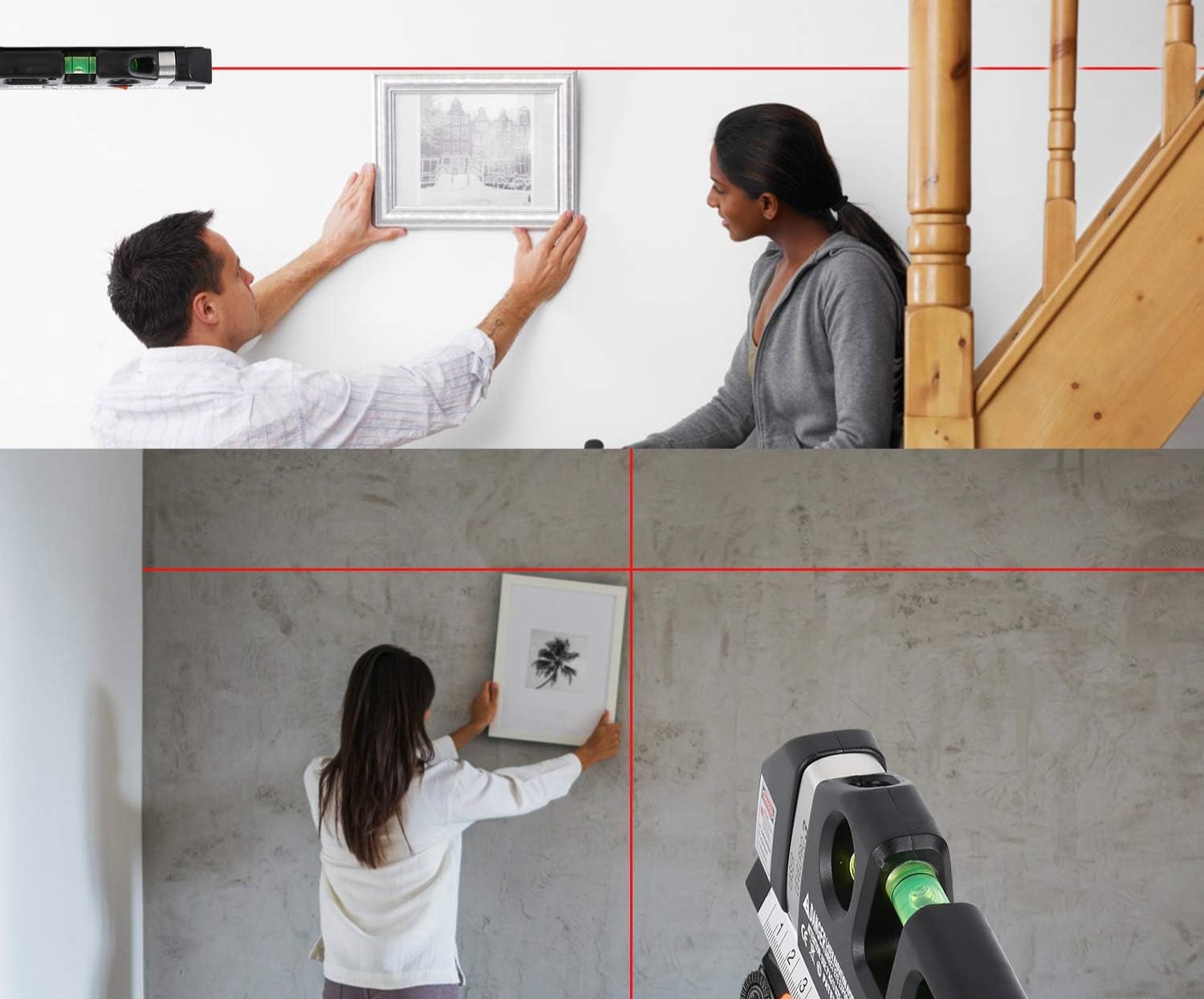
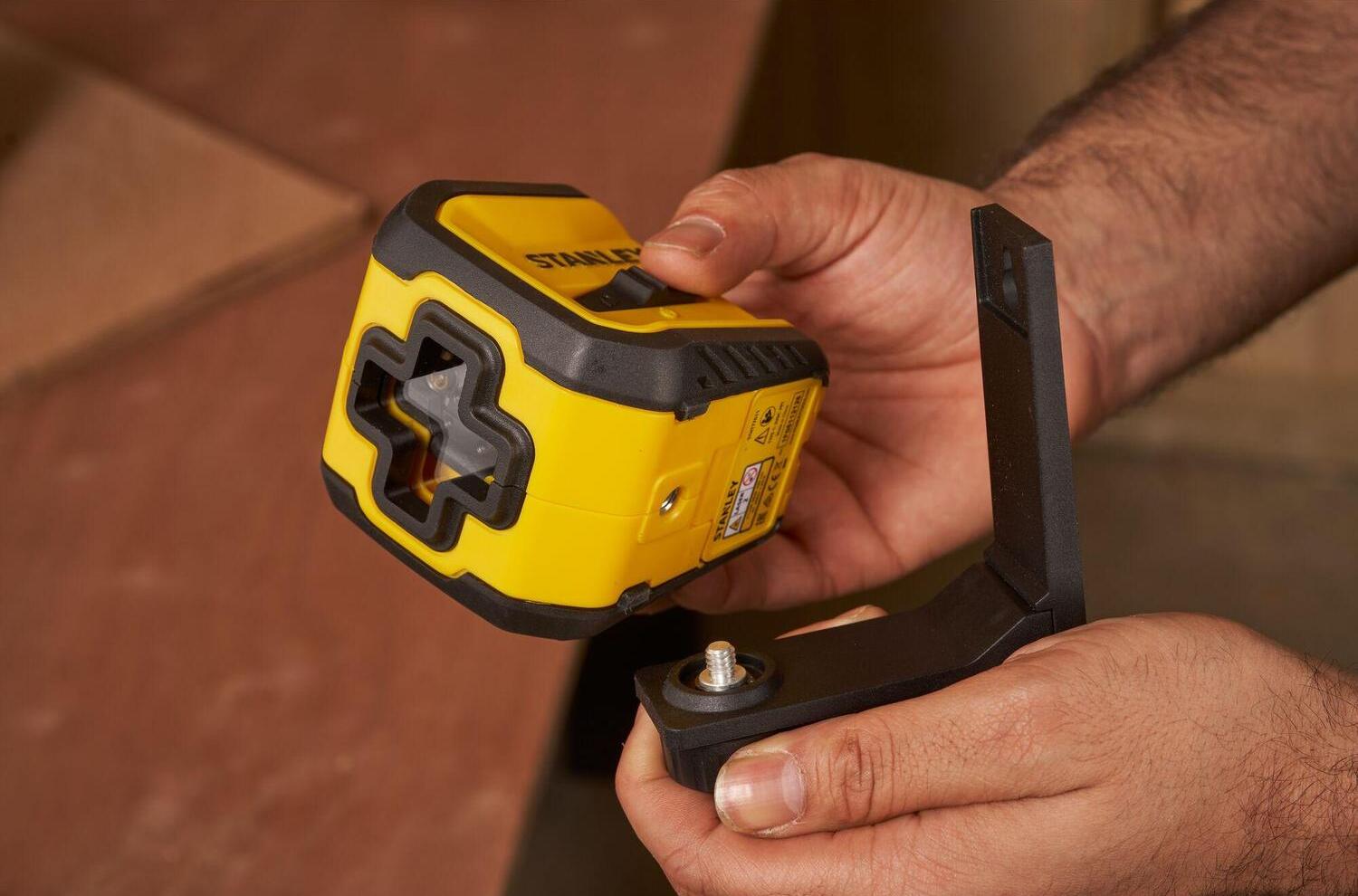
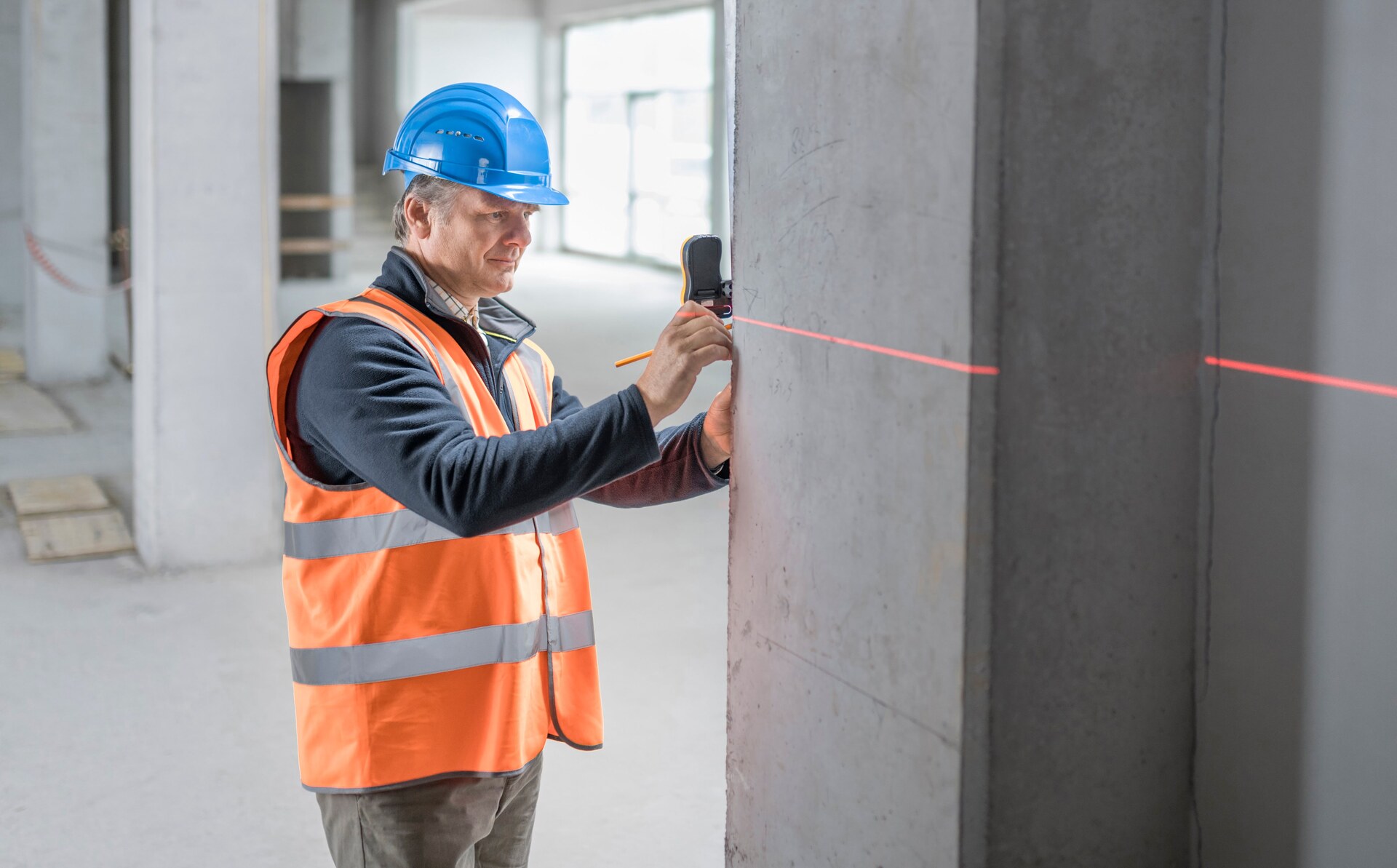
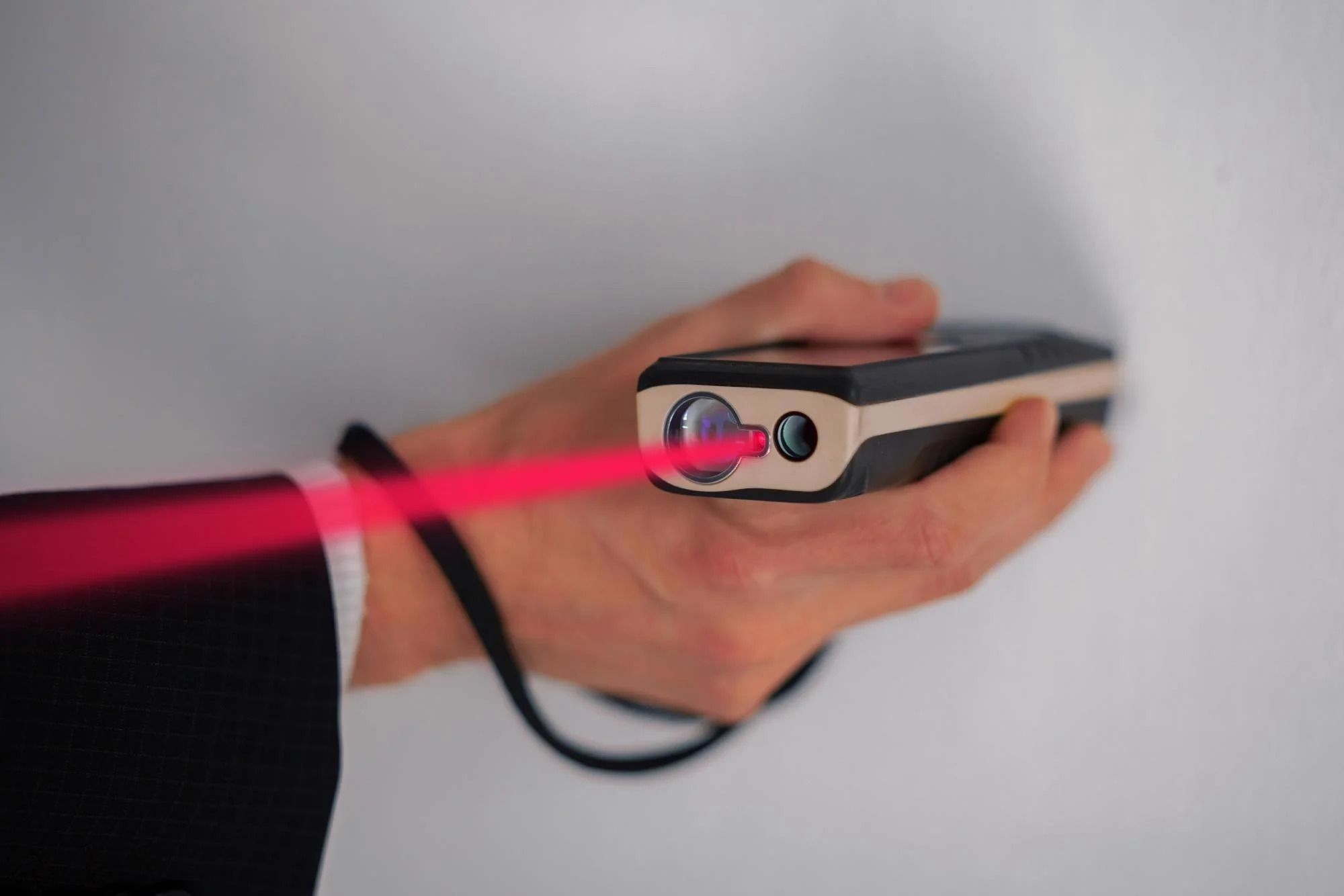

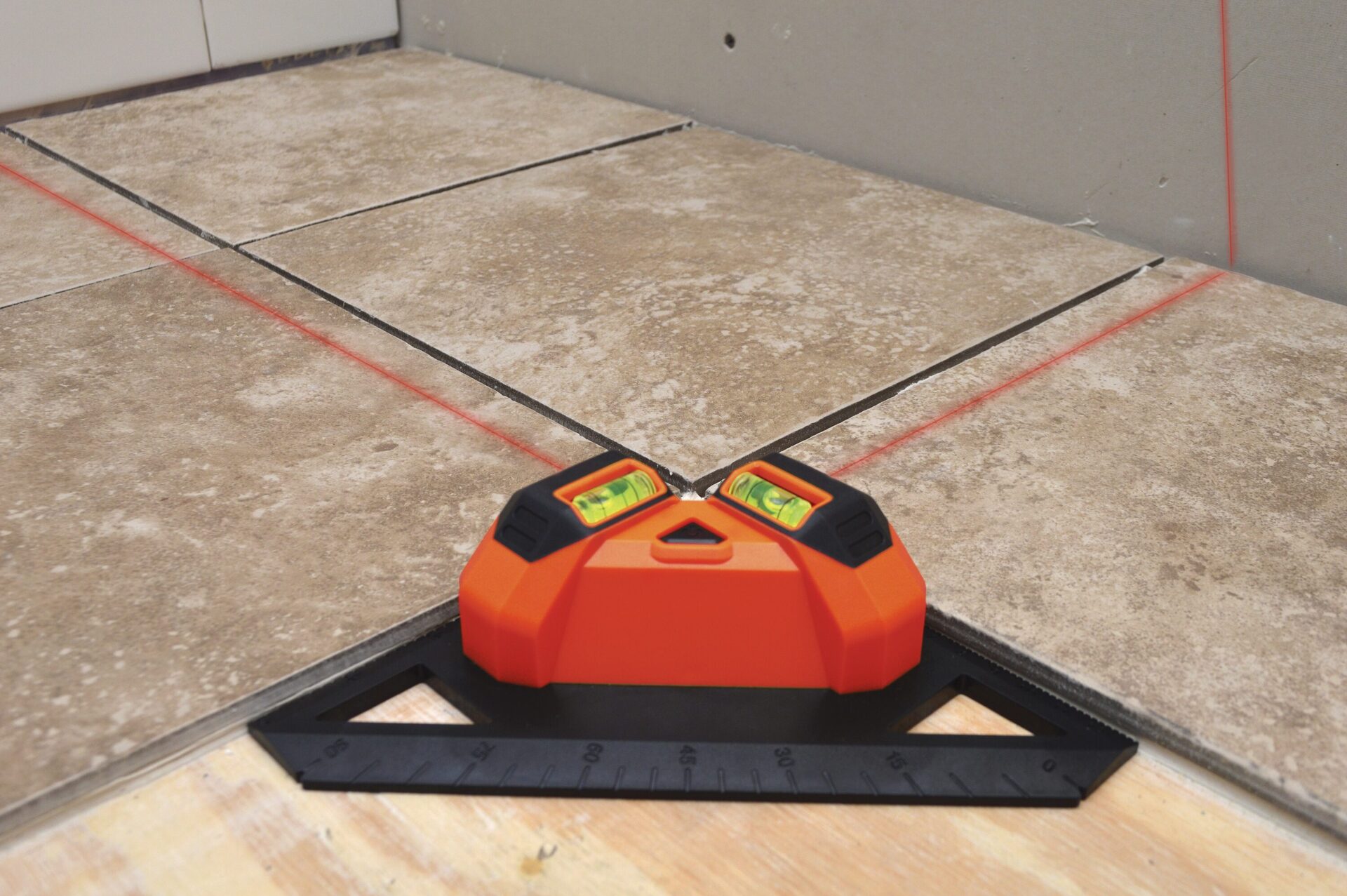

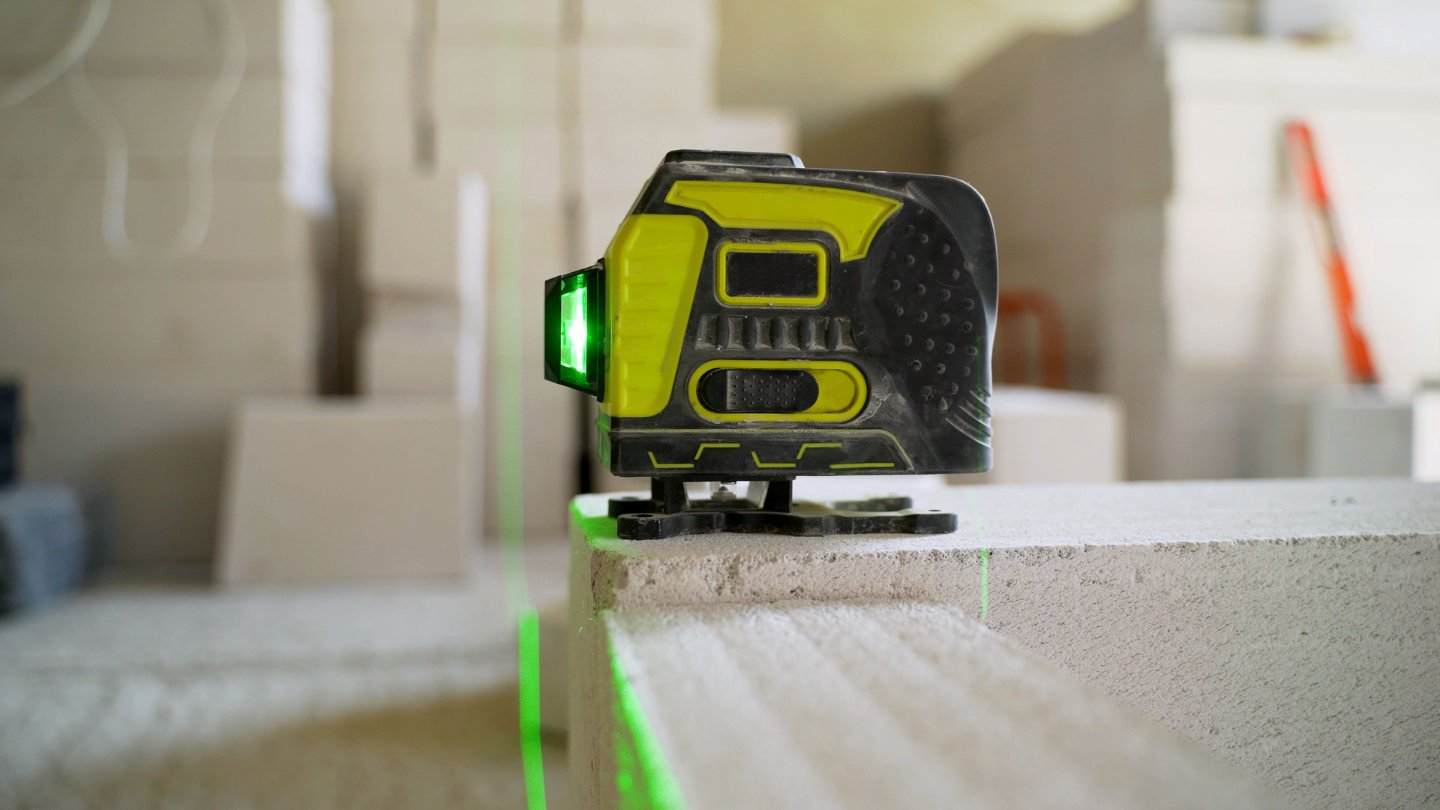
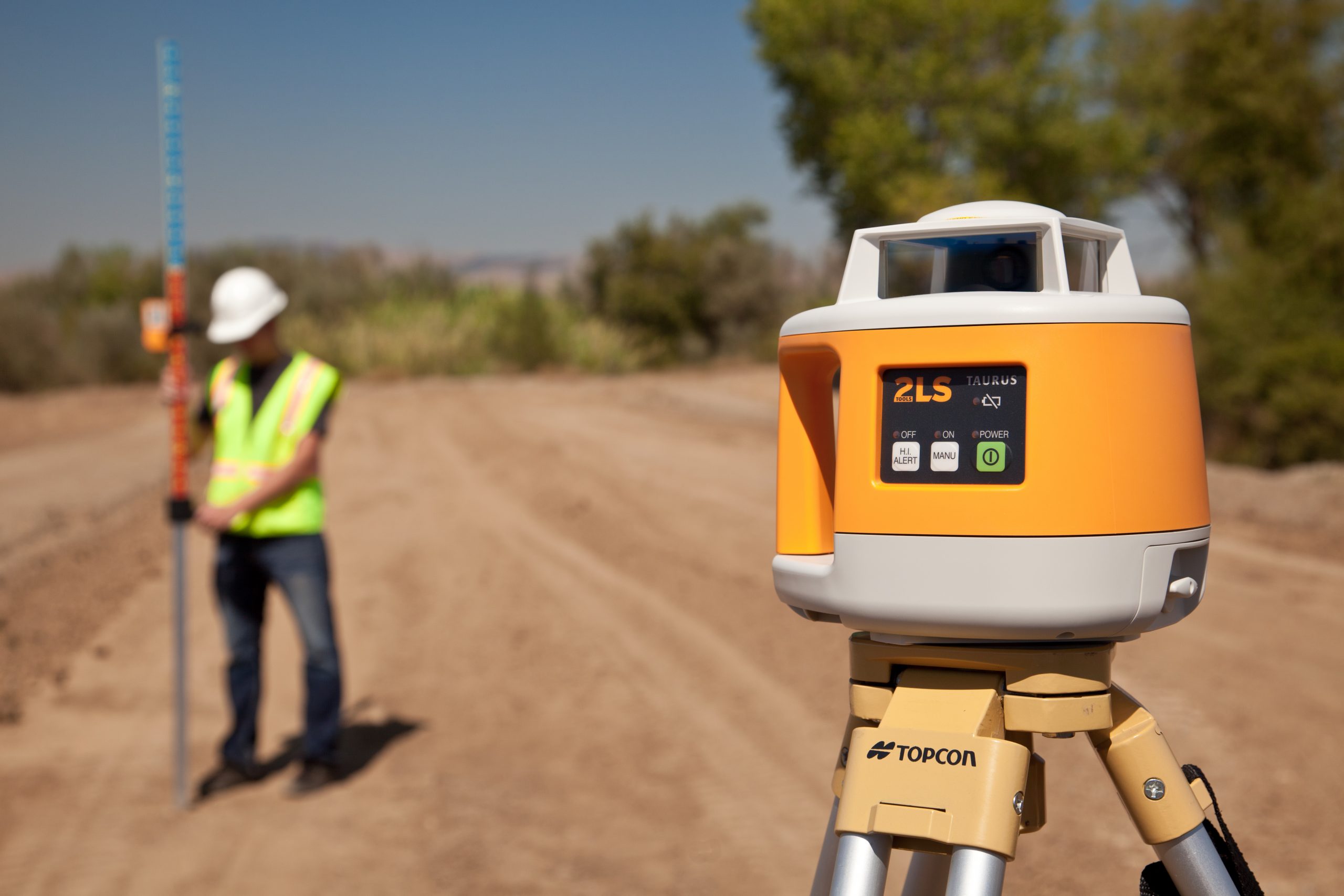
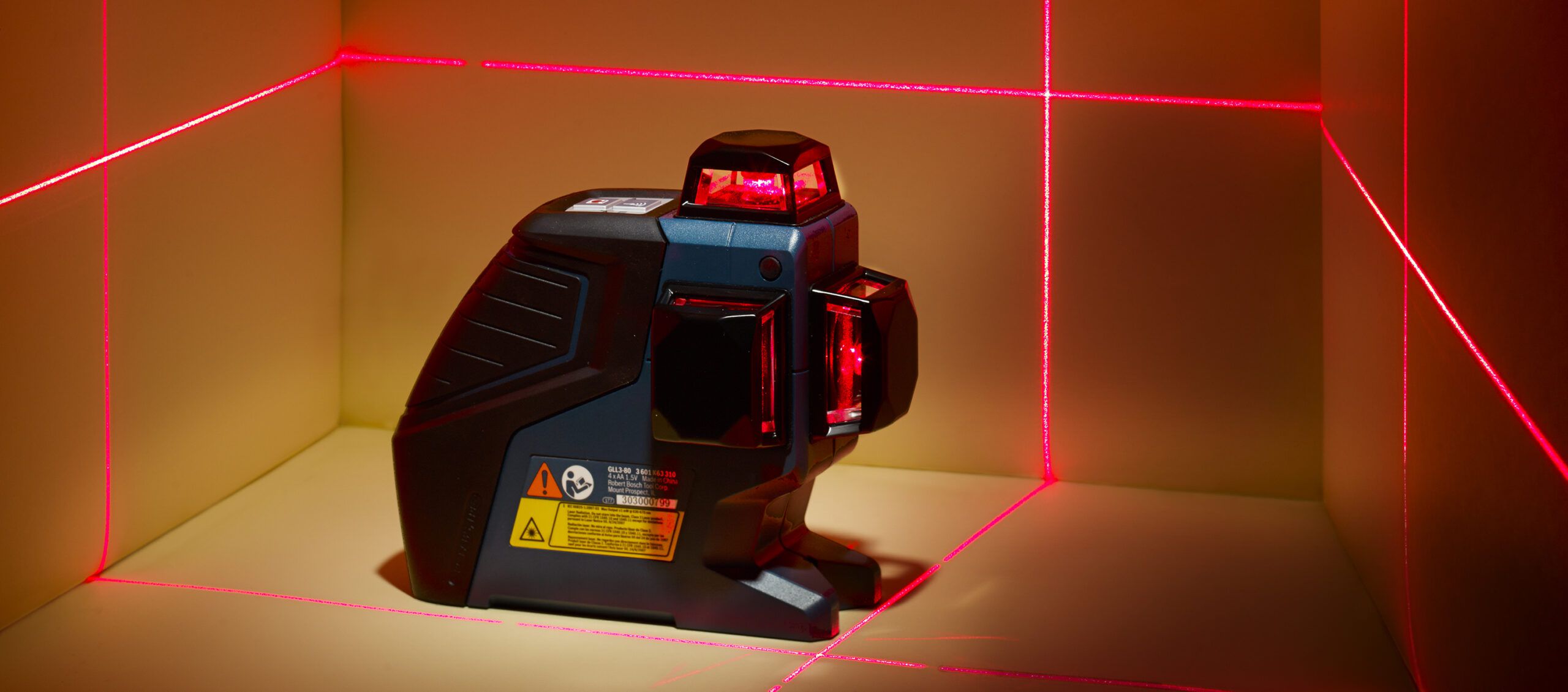

0 thoughts on “How Do You Attach A Laser Level To Wall”